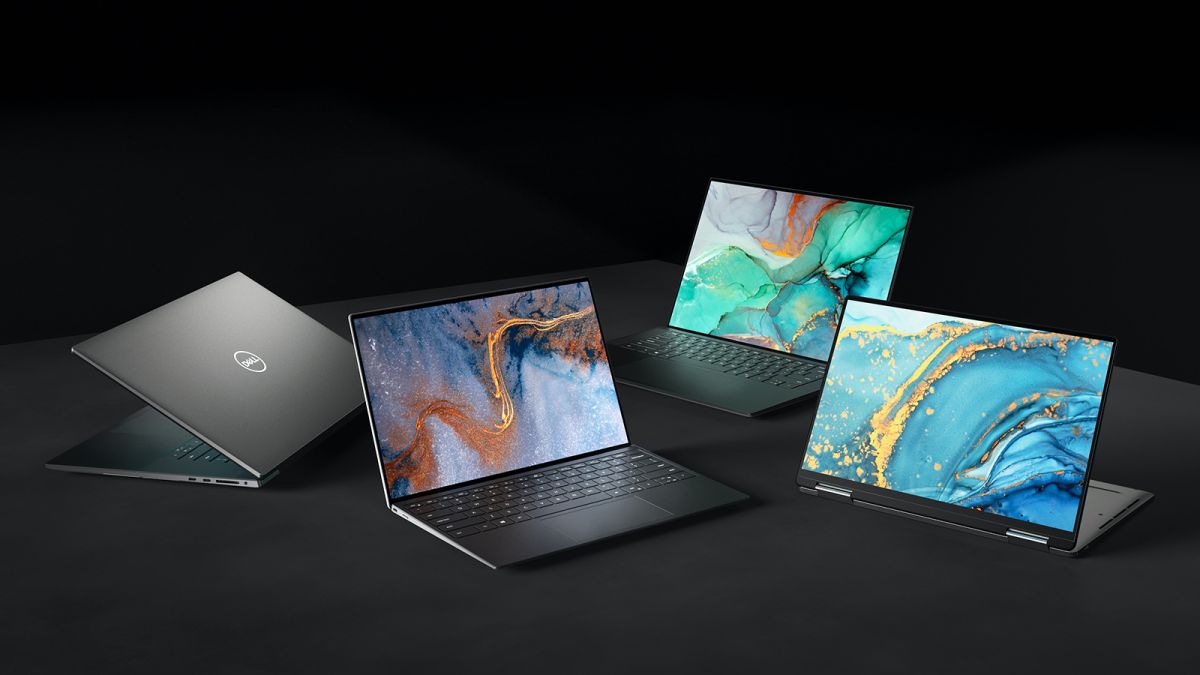They call it portable for something. If you are looking for a laptop that lives up to its surname to work in mobility, moving it from one place to another with as little effort as possible, you have come to the right article. In this ultrabook purchase guide, you will find a selection of lightweight laptops to work on wherever you are and several criteria to hit your choice.
How to choose a good ultrabook
The key: design and autonomy
Ultrabooks are designed to work in mobility, which involves two commitments: that they are lightweight to move them with as little effort as possible and offer such autonomy that they allow us to use them for at least one day.
After all, beyond the “comfort” of the office or our home, we don’t know if we’re going to have a plug nearby. One plus that never goes wrong in this usage scenario is fast charging.
Both commitments are somewhat antagonistic since significant autonomy is achieved thanks to a large capacity battery. And those batteries are usually heavy.
To combat this handicap, the design and materials have a lot to say: diagonals that move around 13 inches with some pleasant surprises resulting from the good use of their dimensions, minimum thicknesses, chassis of materials such as magnesium or aluminum to minimize weight, lines that seek to optimize the available space, minimalism on the offer of ports to continue to lime millimeters (see with this!).
Apart from the lack of ports and rather contained diagonals that can irretrievably affect their functionality and comfort, ultrabooks have another B-side inherent in their mobile vocation: it is more exposed to possible shocks. In this sense, the material that conforms to the chassis in addition to light has to be robust and resistant. You can check Best laptop under your budget, Like: 600 euros & more!
Everything else
From here, it’s time to look under the hood for enough balanced hardware considering what we’re going to use them for.
In general, its vocation is professional, but under that umbrella are hidden uses as diverse as the general office or even for heavy programs such as photo and video editing. Below we clearly and concisely offer you what configuration is the minimum to achieve a good experience in those scenarios.
- I want it for simple office, internet, and content viewing: bet on ninth- or tenth-generation Intel Core processors, or third- or fourth-generation AMD Ryzen, both for performance and consumption. The 8 GB of RAM is a very common and solvent figure in this usage scenario. As for storage, SSDs are forced at this point, and for these uses, 256GB may be sufficient.
- Gaming: It is rare to see ultrabooks play, but there are notable exceptions. The key to playing is the dedicated graphics card, which must be able to move titles to 1080p with the highest image quality and with an average cadence of at least 60 fps. Looking at the future titles, it’s best to go to the GeForce RTX 2000 family, but models like the 4GB GTX 1650 in NVIDIA or AMD’s RX 570 or RX 580 are a good starting point. For processors, the recommendation is to go for Intel’s 9th or 10th Generation Core i7 or AMD Ryzen 5 or 7 3rd or 4th generation AMD Ryzen. The minimum in RAM is the 16GB DDR4 type and frequency of 2,666 MHz. Regarding storage, you must have at least one SSD and, if it is the only unit, that is at least 512GB to save OS, games, and software.
- If we want it for video and photo editing, the features are similar to those of gaming with some nuances in practice. The first thing is to go for models with a dedicated graphics card compatible with the software you will use, such as the NVIDIA Quadro or GeForce GTX GPU families, AMD FirePro Radeon with at least 4 GB of memory. The more RAM, the better, and you’ll also need speed and storage space for the specific software and your files. In this sense, you can optimize the combo performance and cost with equipment that combines HDDs with SSDs with NVMe M.2 interface. Finally, please do not neglect the offer of ports because it will be common for you to resort to peripherals such as external monitors, hard drives, digitizing tablets.
This is a Contributor Post. Opinions expressed here are opinions of the Contributor. Influencive does not endorse or review brands mentioned; does not and cannot investigate relationships with brands, products, and people mentioned and is up to the Contributor to disclose. Contributors, amongst other accounts and articles may be professional fee-based.

